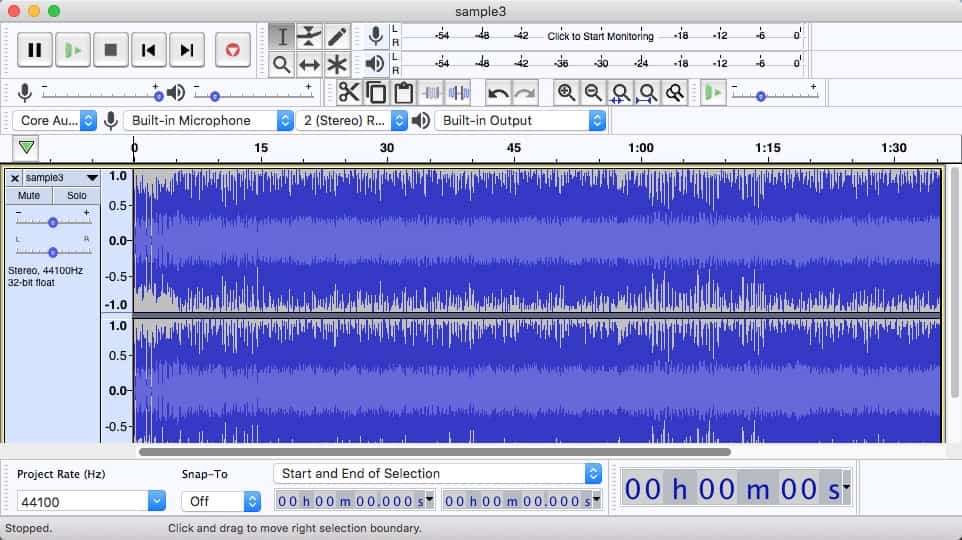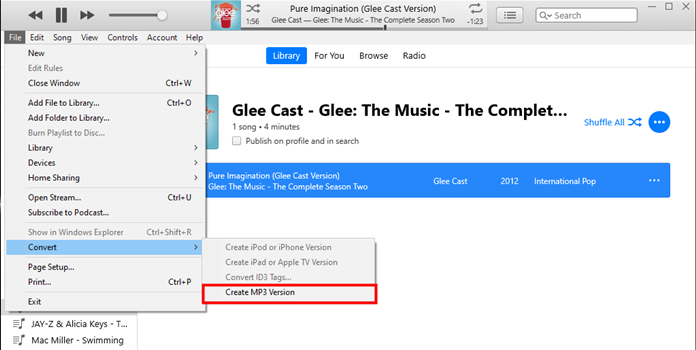
The MP3 encoder does not support the following formats defined by the standard. The MP3 encoder also supports the following formats. The MP3 encoder supports the standard with some exceptions, as well as some additional formats, as described below. The MPEG-1 and MPEG-2 standard defines 252 layer 3 audio formats.

It does not support 32-bit floating point input. The encoder supports only 16-bit integer PCM input. Set the following attributes on the input media type. This attribute contains the 12 bytes of the MPEGLAYER3WAVEFORMAT structure that follow the wfx member of that structure.Īlternatively, you can fill in an MPEGLAYER3WAVEFORMAT structure and call MFInitMediaTypeFromWaveFormatEx to convert the structure to a Media Foundation media type. Use this attribute to specify the encoded bit rate.

#Mp3 encoder library 320 kbps
The default bit rates are 128 Kbps for mono and 320 Kbps for stereo. I know I can read PCM audio using the audioRecord class. I want to record audio in MP3 format in my android application.
#Mp3 encoder library how to
The encoder supports all bit rates defined by the standard (32, 40, 48, 56, 64, 80, 96, 112, 128, 160, 192, 224, 256, or 320 Kbps). How to encode a WAV to a mp3 on a Android device. Attributeīit rate of the encoded MP3 stream, in bytes per second. Set the following attributes on the output media type. The output type must be set before the input type. The MP3 encoder supports the following media types. mp3 format is not dead can be used even for high quality encoding, with the. The class identifier (CLSID) of the MP3 encoder is CLSID_MP3ACMCodecWrapper, defined in the header file wmcodecdsp.h. If you want to know what lame.exe really can do, you must recompile the source code with all the dev settings unlocked. Serial.println(audio.The Microsoft Media Foundation MP3 audio encoder is a Media Foundation Transform (MFT) that encodes MPEG-1 layer 3 (MP3) audio. Serial.print(audio.interleaved) // left channel * This effectively downamples the data by a factor of 16 (for * but we are only going to plot the first data point in each channel. * there are 32 samples in audio.interleaved (16 left and 16 right) MP3.begin(file) // Pass file to MP3 classĪudio = MP3.decode() // Decode audio data into pcm class Of course, moving forward you will want to play this audio data somehow but that's the topic of a different instructable. This code is taken from the example SPI_MP3_Serial.ino that comes with the microdecoder library. It also downsamples the data by a factor of 16 so that when the data is plotted it looks like an audio waveform. This will be very slow but will show you how to use the MP3 library. With the code below you can plot some audio data on the Serial monitor. Serial.println(MP3.Fs) // and sample rate Serial.println(MP3.bitsPerSample) // print bits per sample

MP3.begin(file) // tell the MP3 class what file to process #include "pcm.h" // raw audio data containerįile file = SD.open("/cc.mp3") // Open an MP3 File These include getting some the files metadata and printing it to the serial monitor. Regardless of the format, there are a few common methods associated with each class and they are covered in the code below. The microdecoder library currently supports. You can do this by downloading the repository and placing it in your Arduino Libraries folder. The class identifier (CLSID) of the MP3 encoder is CLSIDMP3ACMCodecWrapper, defined in the header file wmcodecdsp.h.
#Mp3 encoder library install
If you don't have the ESP-IDF installed head over to their website and install it. The Microsoft Media Foundation MP3 audio encoder is a Media Foundation Transform (MFT) that encodes MPEG-1 layer 3 (MP3) audio.


 0 kommentar(er)
0 kommentar(er)
